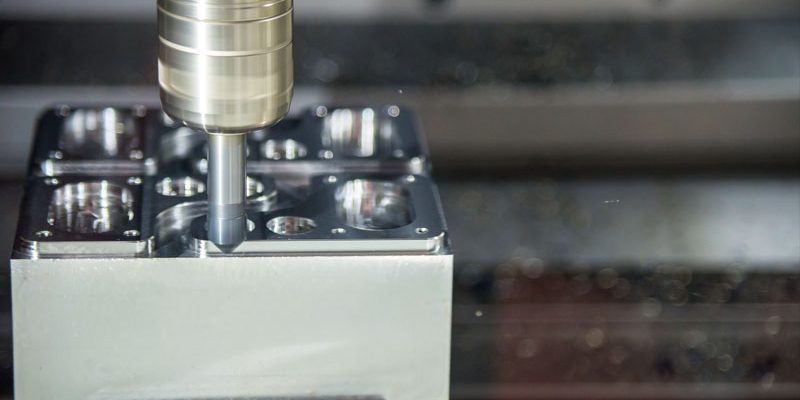Requirements for the appearance quality of finished products in CNC precision parts machining
CNC machining is a computer that designs a numerical control program based on the appearance structure and material properties on the product drawing, and mills the rough blank with a fine CNC machine tool to obtain parts that meet the size requirements of the drawing.
However, the surface obtained by CNC milling is not the final appearance of the product. During milling, the surface is under extrusion and friction during the milling process, which will produce plastic deformation and change the appearance of the workpiece. It is also necessary to obtain the appearance surface of the final product by means of CNC grinding. Before grinding, evaluate the surface quality of the workpiece and select the appropriate grinding process. There are generally 5 aspects to evaluate the surface quality of workpieces.
Surface finish: The surface geometric appearance composed of small intervals on the surface is mainly formed by the cutting tool trajectory during CNC machining. In the case of high finish, the ratio of wave height to light wavelength is generally more than 1:50.
Surface Wavelength: The deviation between the surface geometry and the surface finish. The wavelength is generated by the offset vibration of the cutting tool.
Outer texture: The surface has uneven grooves, which are mainly caused by the movement of the spindle and the unstable trajectory of the tool during CNC machining.
External scars: The absence of material in some places on the outside, mostly burrs, cracks and scratches.

